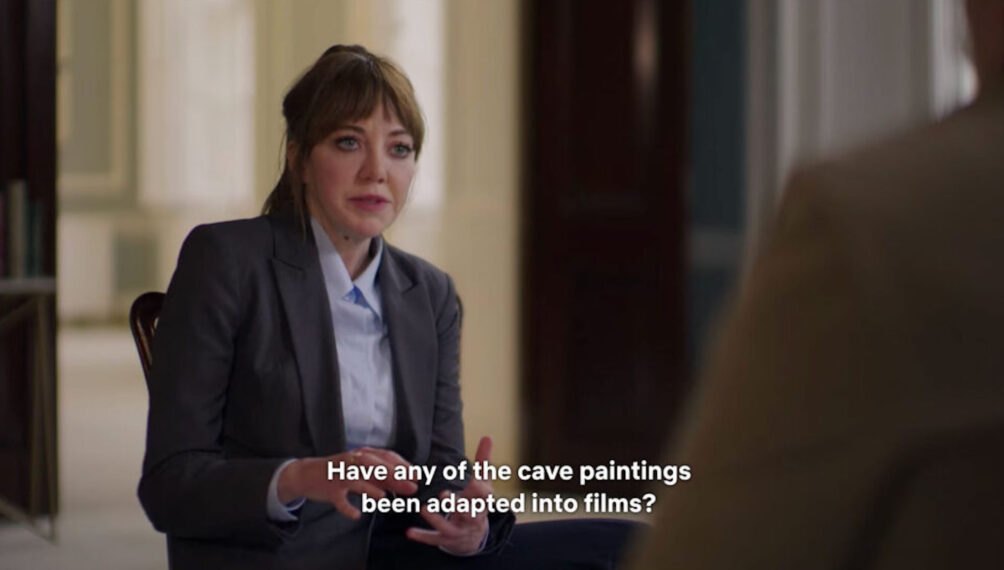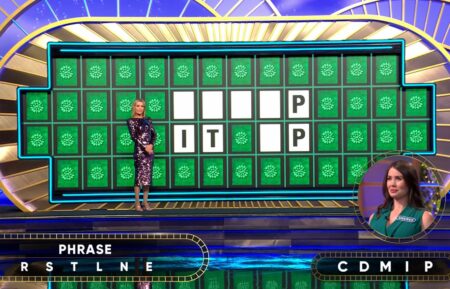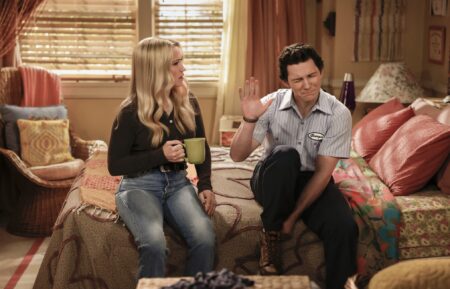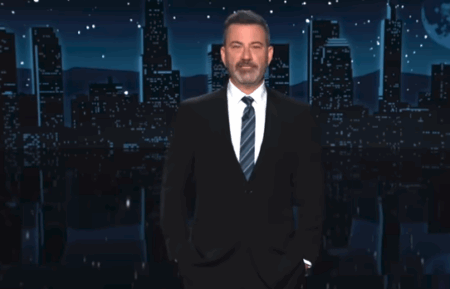Can You Turn on the Subtitles? Why We’re All Reading the TV

Mumbled dialogue, fictional languages, and actors with heavy accents prompted many Game of Thrones fans to turn on the subtitles. And they haven’t turned them off: 50 percent of American TV viewers keep the captions on, according to a recent survey by language app Preply.
How did subtitles, a feature intended for deaf and hearing-impaired people or foreign-film viewers, become standard practice for all? Short answer: We aren’t hearing the words.
Movies and (increasingly cinematic) TV shows create drama with “dynamic range” that extends from, say, whispers between lovers to dragon attacks — all amid music and atmospheric sound. To preserve the impact of high-volume action sequences, softer sounds like dialogue are suppressed to make room on the sonic spectrum.

Netflix
Such broad soundscapes work great in a cinema with multiple strategically placed speakers, but not on a television with bagel-size speakers facing the wall. So, engineers “downmix” a show’s audio from 128 channels intended for a theater to seven or fewer for a TV. But this reduces contrast and loses a lot of detail. Cranking up the volume will only distort your TV’s sound.
Counterintuitively disabling the surround sound could actually help. And this is where a below-$100 sound bar comes in handy.
Tech tinkering will not, of course, improve Korean comprehension for those who don’t speak it, so we’ll still need subtitles to enjoy Squid Game. Ditto for Scottish accents, the hardest for Americans to grasp, and anything with Tom Hardy, the celebrity we comprehend least, according to the Preply survey.
Subtitles also come in handy when we want to silent-binge Criminal Minds while cooking or while the household’s multiple screens loudly entertain others. Multitasking is second nature to Gen Z, yet even though their ears are sharper, surveys show viewers 18-25 are four times more likely to use subtitles than older viewers, who can find them distracting.
Turns out TV actually encourages kids to read!
From TV Guide Magazine
Behind the Scenes With Gordon Ramsay: 20 Years of Cooking Up TV Hits
The celebrity chef reflects on redefining culinary television and his fiery journey Hell’s Kitchen to Secret Service. Read the story now on TV Insider.










